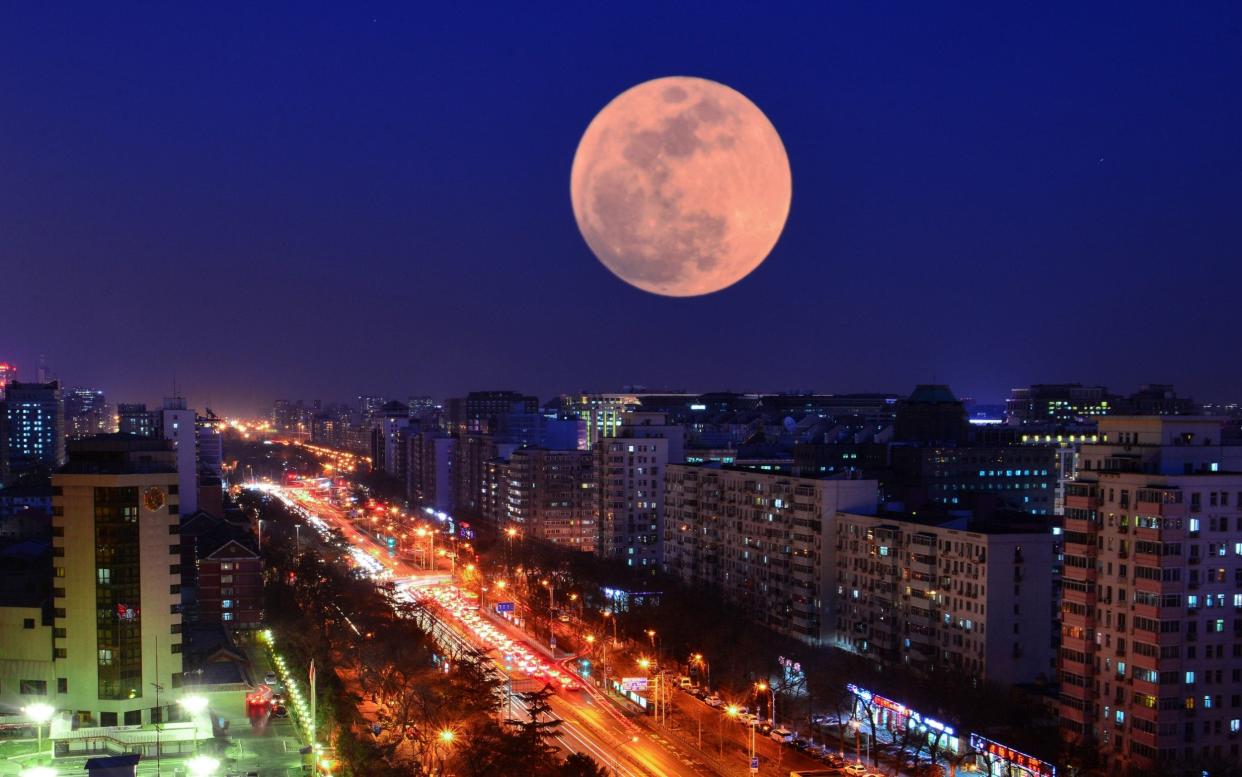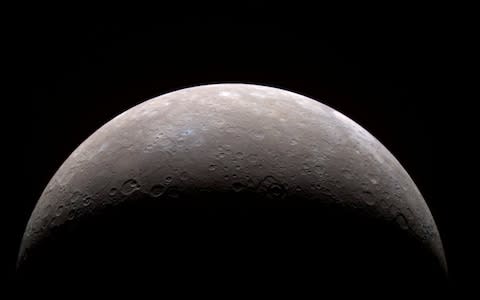The blood moon is coming - what are the myths behind it, and should you be worried?

Stargazers are in for a celestial treat with the occurrence of not one, but two astrological activities this week.
First up is Mercury’s second retrograde of 2018, set to start tomorrow. To you and me, this means the smallest planet in our solar system will be spinning so fast that it appears to move backwards in the sky for about three weeks.
Why does it matter? Well, Mercury is said to govern communication, travel, and social interactions, the unsteadiness of the planet means here on Earth we’re likely to be subject to confusion, tension, and miscommunications. Of course.
It doesn’t stop there: Mercury’s movement is a mere appetizer to the main event on Friday night, which will see the longest total lunar eclipse of the century (so far) – colloquially known as a 'blood moon', as it will glow like a coppery disc in the evening sky around the world.
What time can you see the blood moon?
This eclipse is predicted to last a record-breaking 1 hour 43 minutes – and aside from promising to be an awe-inspiring visual display, it is sending conspiracy theorists into a spin.
Cultures around the world, past and present, have viewed the disappearance of the moon as a time of danger and chaos. So, what are the theories – and should we be worried?

Biblical prophecy
Some Christian conspiracists think a blood moon is an apocalyptic sign from the heavens, a theory that gained particular traction thanks to a 'Blood Moon Prophecy' touted by American pastors Mark Biltz and John Hagee in 2014.
Their particular spin stated that a tetrad – a series of four consecutive lunar eclipses – coinciding on Jewish holidays with six full moons in between and no intervening partial lunar eclipses, signified the beginning of the end of days, as foretold by the Book of Joel, Act 2:20: "The sun will turn into darkness, and the moon into blood, before the great and terrible day of the Lord comes."
Thankfully, the final eclipse in that tetrad took place on September 28, 2015 – and we seem to still be here.
Super blue blood moon, in pictures
Native American ritual
According to E. C. Krupp, director of the Griffith Observatory in LA, the Hupa – a Native American tribe from northern California – believed the moon had 20 wives and numerous pets, most of which were mountain lions and snakes.
When the moon failed to bring them enough food, they attacked and made him bleed. The eclipse would end when the moon's wives came to protect him, collecting his blood and restoring his health.
Similarly, the Luise?o tribe of southern California believed that an eclipse signaled that the moon was unwell, says Krupp. It was therefore the job of tribe members to sing chants and prayers to bring the moon back to health.

South American attack
The Inca apparently believed a blood moon was a sign it had been attacked by a cosmic jaguar, that would then crash down on Earth to devour them.
To drive the predator away, they would shake their spears at the moon and stir up a racket, not least by beating their dogs to make them howl and bark.

Modern myth
On a more positive note, not all cultures view a lunar eclipse as a bad thing. The Batammaliba people in Togo and Benin, Africa, believe it signifies the sun and moon are fighting during and humans need to encourage them to stop.
"They see it as a time of coming together and resolving old feuds and anger," says Jarita Holbrook, a cultural astronomer at the University of the Western Cape in Bellville, South Africa. "It's a myth that has held to this day."